Last Updated on February 26, 2025 by Packoi Team
Printing is an essential aspect of any business that deals with marketing materials, advertising, and other forms of communication. There are various printing methods, each with its unique advantages and disadvantages. Two of the most popular printing methods are offset printing and laser printing.
In this post, we will explore the differences between these two printing methods and help you determine which one is the best option for your project.
Importance of Selecting the Right Printing Method
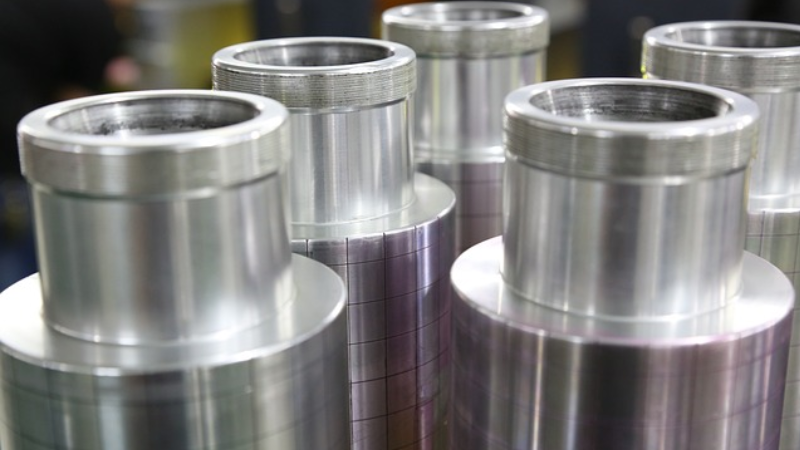
Choosing the right printing method is crucial because it can affect the quality, cost, and turnaround time of your print project, too. For instance, if you need high-quality color printing for a large number of materials, offset printing may be the best option. On the other hand, laser printing may be the better choice if you need to print a few materials quickly.
Offset Printing
What is Offset Printing?
Offset printing is a popular commercial printing technique that uses printing plates to transfer ink onto paper. The printing plates for offset presses are made from aluminum or polyester and are coated with a photosensitive emulsion. The emulsion is exposed to light to create an image of the printing surface of the design to be printed.
How does Offset Printing Work?
Offset printing works by transferring ink from the printing plates onto rubber blankets, which then transfer the ink onto the paper. The process involves several steps, including prepress, printing, and post-press. Prepress involves preparing the artwork and creating printing plates.
The printing process involves transferring the ink from the plates to the rubber blankets and then onto the paper. Finally, post-press involves finishing the printed pages and materials, such as cutting and binding.
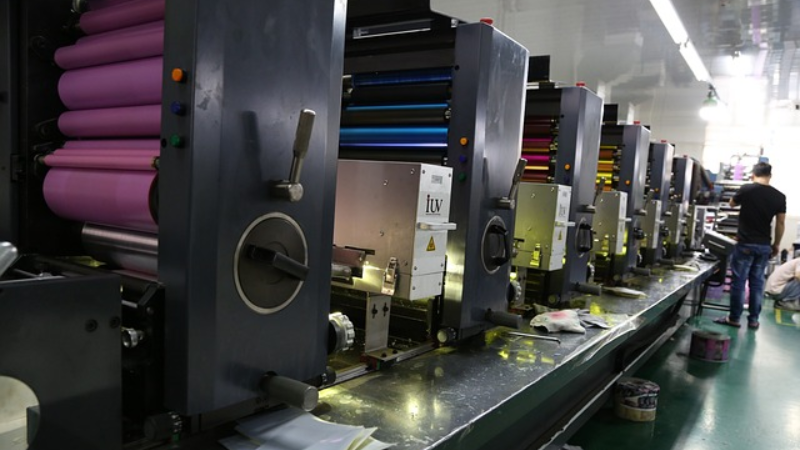
Advantages of Offset Printing
- High-Quality Printing
Offset printing produces high-quality prints with sharp and clean lines. The prints are also consistent and have excellent color accuracy.
- Suitable for Various Printing Materials
Offset printing can print on various materials, including paper, cardstock, and plastics.
- Cost-Effective for Large Printing Jobs
Offset printing is cost-effective for large printing jobs because the cost per unit decreases as the quantity increases per offset job.
Disadvantages of Offset Printing
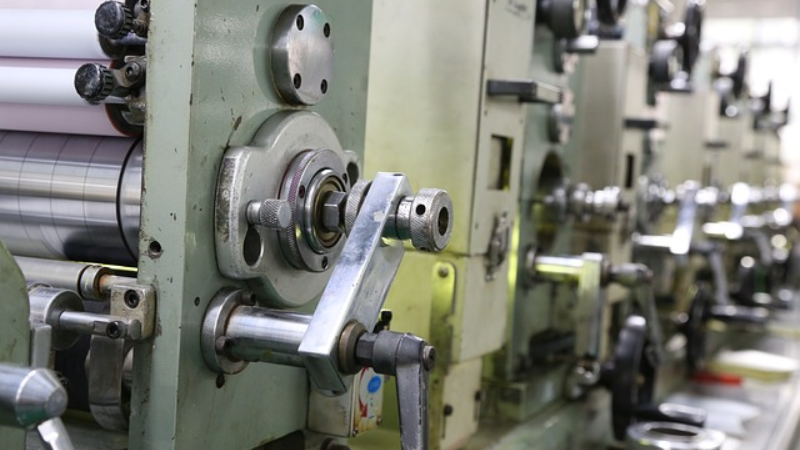
In addition to the advantages discussed earlier, offset printing also has a few disadvantages that should be considered when choosing a printing method. These disadvantages include longer setup time and environmental concerns.
- Longer Setup Time
One of the main drawbacks of offset printing is that it requires a longer setup time than other printing methods, such as using digital printing presses or laser printing. This is because the printing plates used in offset printing need to be created, and the press needs to be set up.
The printing plates need to be carefully crafted to ensure that they produce high-quality prints, which takes time. The press also needs to be set up properly to ensure that the colors and registration are accurate.
The longer setup time can be a disadvantage for businesses that need their printing materials quickly. If you have a rush order, you may need to choose a different printing medium or method, such as digital printing or laser printing, to ensure that your materials are ready in time.
Ready to Get Custom Packaging for Your Business?
start with a low minimum order quantity
- Environmental Concerns
Another disadvantage of offset printing is that it can have environmental impacts. Offset printing uses chemicals, such as solvents and acids, which can be harmful to the environment if not disposed of properly. These chemicals can contribute to air and water pollution, which can have negative effects on wildlife and human health.
However, many printing companies have taken steps to reduce the environmental impact of the offset process for printing. For example, some companies use soy-based inks, which are more environmentally friendly than traditional petroleum-based inks.
Additionally, many companies recycle their printing plates, reducing the amount of print volume of waste that is generated.
It is important to choose a printing company that takes steps to minimize its environmental impact. When choosing a printing company, ask about their environmental practices and look for certifications, such as the Forest Stewardship Council (FSC) certification, which indicates that the company uses responsibly sourced paper products.
Laser Printing
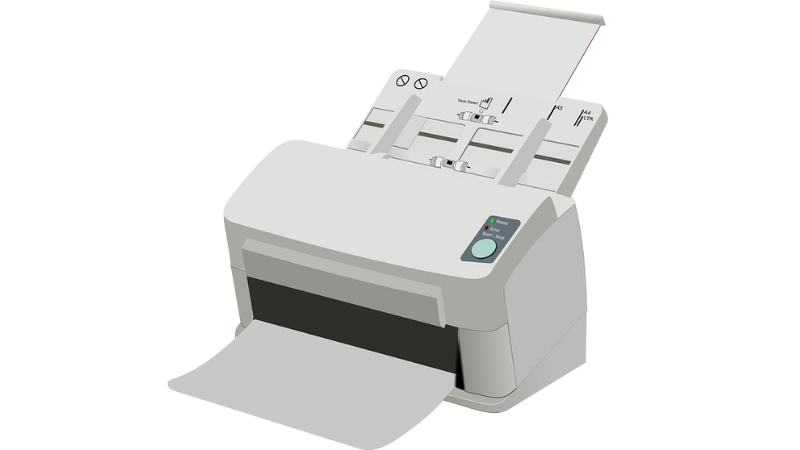
What is Laser Printing?
Laser printing is a digital printing method that uses toner instead of ink. The toner or liquid ink is melted onto the paper using heat from a laser beam.
How Does Laser Printing Work?
Laser printing works by sending the digital artwork to the printer, which then transfers the toner onto the paper using heat. The process for digital printing pros the presses is quick and involves fewer steps than offset printing.
Advantages of Laser Printing
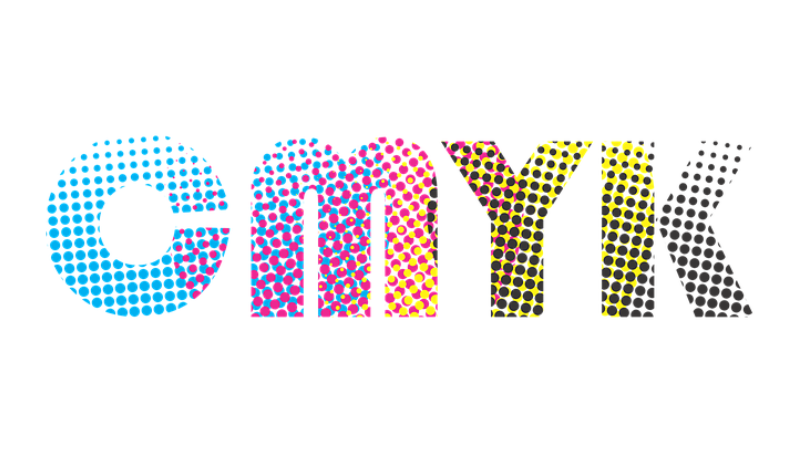
Laser printing is a popular printing technology that uses laser beams to create an image or text on paper or other materials. It is a reliable and efficient printing method that has several advantages over other printing technologies, such as the inkjet printer or offset printing. Here are some further advantages of laser printing:
- High-Quality Prints
Laser printing produces high-quality prints with sharp and accurate color reproduction and precise text and images. The toner used in laser printing produces a more consistent and accurate color representation compared to inkjet printing.
- Low Running Costs
Laser printers have low running costs because they use toner instead of ink, which is more economical in the long run. Toner cartridges also have a higher printed page yield, meaning they can print more pages before needing to be replaced.
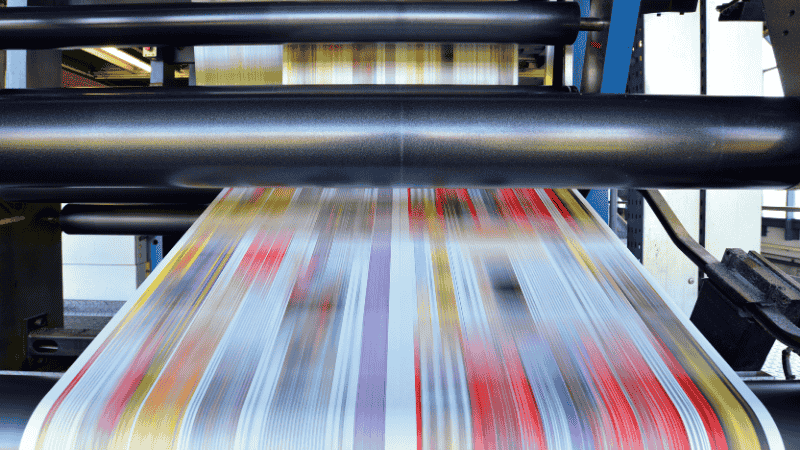
- Fast Printing Speed
Laser printers are known for their fast printing speed, making them ideal for businesses and offices needing to print large volumes of documents quickly. Laser printers can produce up to a high volume of paper stocks, 20-30 pages per minute, while some high-end models can print up to 100 pages per minute.
- Versatility
Laser printers are versatile and can print on a variety of materials, including paper, cardstock, digital printers, labels, and envelopes. Some laser printers can even print on glossy or textured paper.
- Low Maintenance
Laser printers require less maintenance than other types of printers, such as inkjet printers. They have fewer moving parts, which means they are less prone to breakdowns or mechanical failures.
- Environmentally Friendly
Laser printing is considered more environmentally friendly than other printing technologies because it produces less waste. Toner cartridges can be recycled, and some laser printers have energy-saving features that reduce their carbon footprint.
Ready to Get Custom Packaging for Your Business?
start with a low minimum order quantity
Disadvantages of Laser Printing
- Lower Printing Quality Compared to Offset Printing
Laser printing produces lower-quality prints compared to offset printing. The prints have a lower resolution digital or offset back, and the color fidelity and accuracy are not as good.
- Limited Color and Material Choices
Laser printing has limited color and material choices. It can only print a limited range of colors, and it is not suitable for digital printers or for printing on certain materials.
Prototyping with Laser and Offset Printing
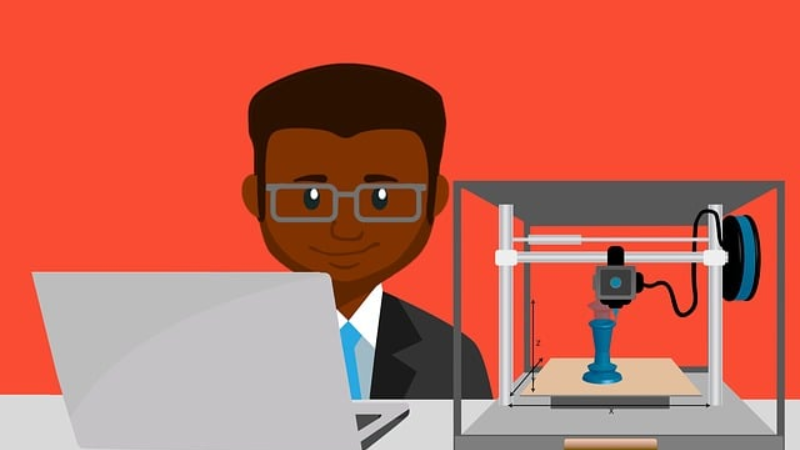
If you are unsure which printing method to use, you can prototype your design using laser and offset printing. This will allow you to compare the quality, cost, and turnaround time of each print method and determine which one is the best option for your project.
What to Consider When Choosing a Printing Method
When choosing a printing method, you should consider several factors, including flexibility and personalization, printing quantity, turnaround cycle, and type of material.
Flexibility and Personalization
If you need to personalize your printing materials with different names or addresses, a laser printer or digital vs offset printing may be the better choice. Laser printers can easily handle variable data printing, whereas offset printing requires a different printing plate for each variation.
Printing Quantity
If you need to print a large number of materials, offset printing may be the better option. The cost per unit decreases as the print job quantity increases, making offset printing more cost-effective for very large quantities of printing jobs.
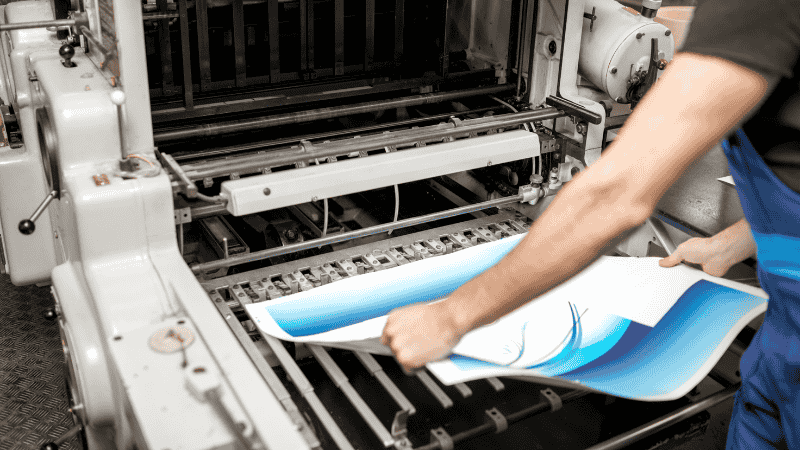
Turnaround Cycle
If you need your printed materials quickly, laser digital and offset printing may be the better choice. Laser and offset printers may have a quick turnaround time and require less setup time than offset printing.
Type of Material
If you need to make a digital printout on a variety of materials, including plastics and cardstock, offset printing may be the better choice. Offset printing can print on a wider range of materials than laser printing.
Why Offset Printing is the Best Option
Based on the advantages and disadvantages discussed above, offset printing is the best option for most commercial printing jobs. Offset printing produces high-quality prints with sharp and clean lines digital and offset also has excellent color accuracy.
It is also suitable for various printing materials, including paper, cardstock, and plastics. Although it requires a longer setup time than laser printing, it is more cost-effective for large printing jobs.
Additionally, many printing companies have taken steps to reduce the environmental impact of offset printing by using soy-based inks and recycling printing plates.
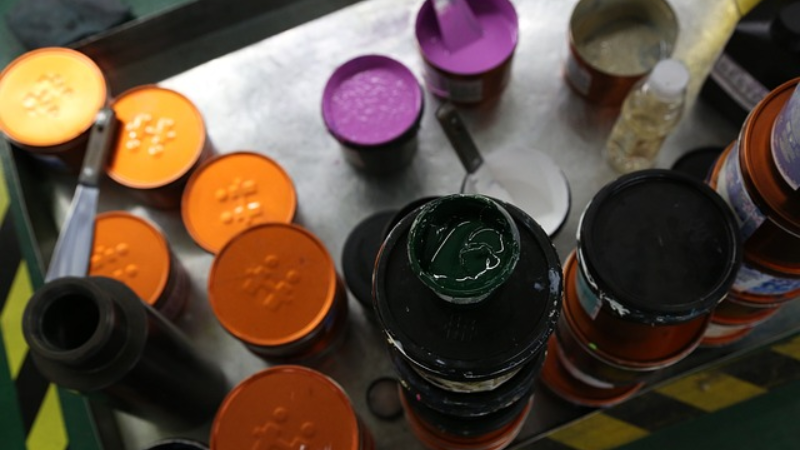
Conclusion
Choosing the right printing method is essential to producing high-quality prints that meet your business’s needs. Offset printing and laser printing are two popular printing methods, each with its unique advantages and disadvantages.
When choosing a printing method, consider factors such as flexibility and personalization, printing quantity, turnaround cycle, and type of material.
Based on these factors, offset printing is the best option for most commercial printing jobs because of its very high-quality results in top-quality prints, suitability for various printing materials, and cost-effectiveness for large printing jobs.
Get Quality Printing Service From Us!
Packoi offers a range of printing services, including offset printing and digital only, digital printing, and large-format digital printing offers.
Our team of experts can help you choose the best printing method for your project and deliver high-quality prints that meet your business’s needs. Visit our website to learn more about our services, and contact us today to get started.




